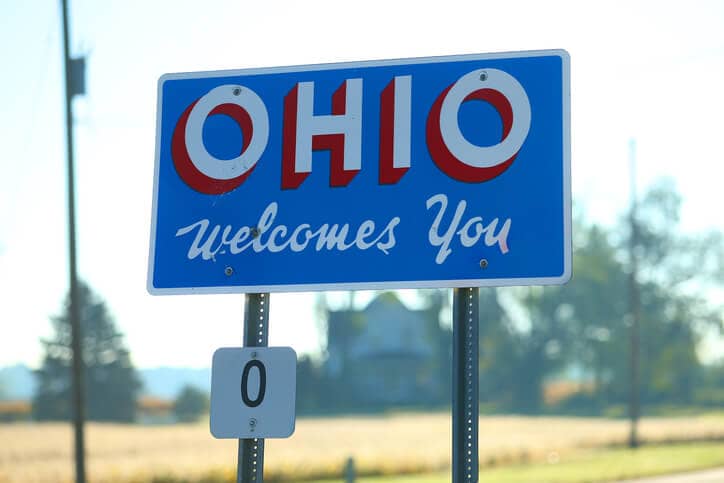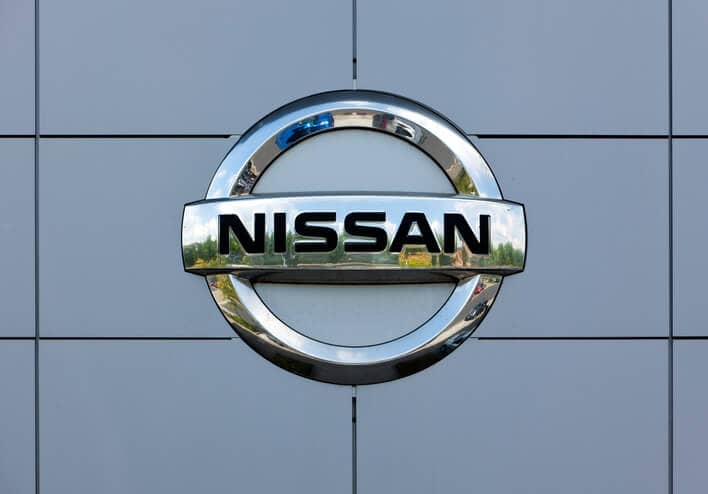According to a new report from Pike Research, projected demand for hydrogen as a fuel will be around 107 million kg through 2015, with annual demand reaching 418 million kg in 2020. And although forklifts and backup power applications will drive demand in the first half of the decade, light-duty fuel cell vehicles will create ‘significant new demand’ starting in 2015, the firm finds.
Pike Research's analysis indicates that forklifts will be the largest driver of hydrogen fuel demand by 2020, representing 36% of the total market by that time. However, light-duty vehicle applications will not be far behind, representing 33% of the total. Fuel cell buses and scooters will each represent a relatively small percentage of total hydrogen demand.
Significant players in the emerging market for hydrogen fueling include industrial gas companies, large energy and gas companies, and other hydrogen infrastructure providers, such as electrolyzer companies that are already supplying the merchant hydrogen market, Pike Research says.
The company also forecasts that, by the end of the decade, annual investment in hydrogen stations will reach $1.6 billion, with a cumulative 10-year investment totaling $8.4 billion. As a result of this infrastructure investment, more than 5,200 hydrogen fueling stations for cars, buses and forklifts will be operational worldwide by 2020, up from just 200 stations in 2010.






